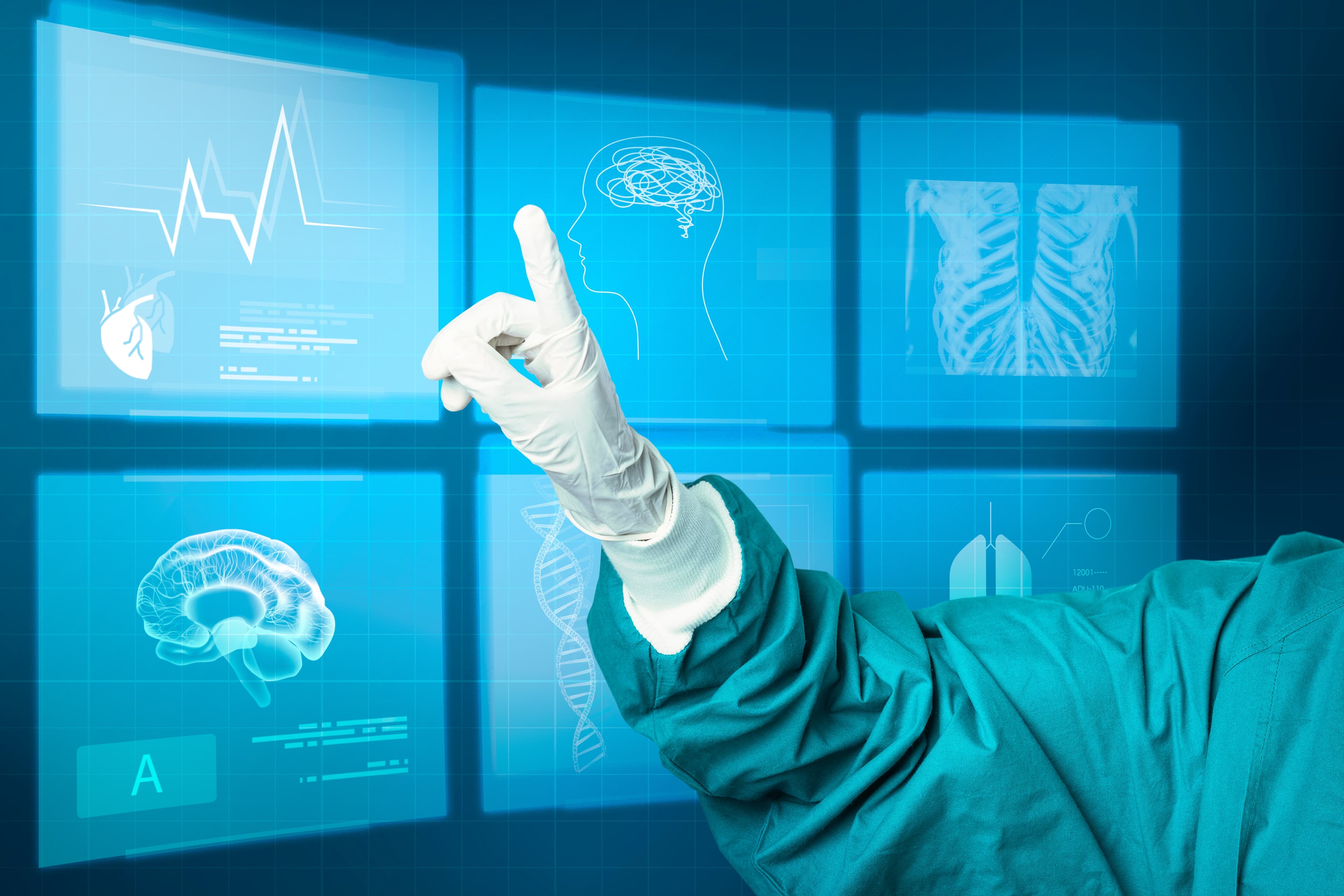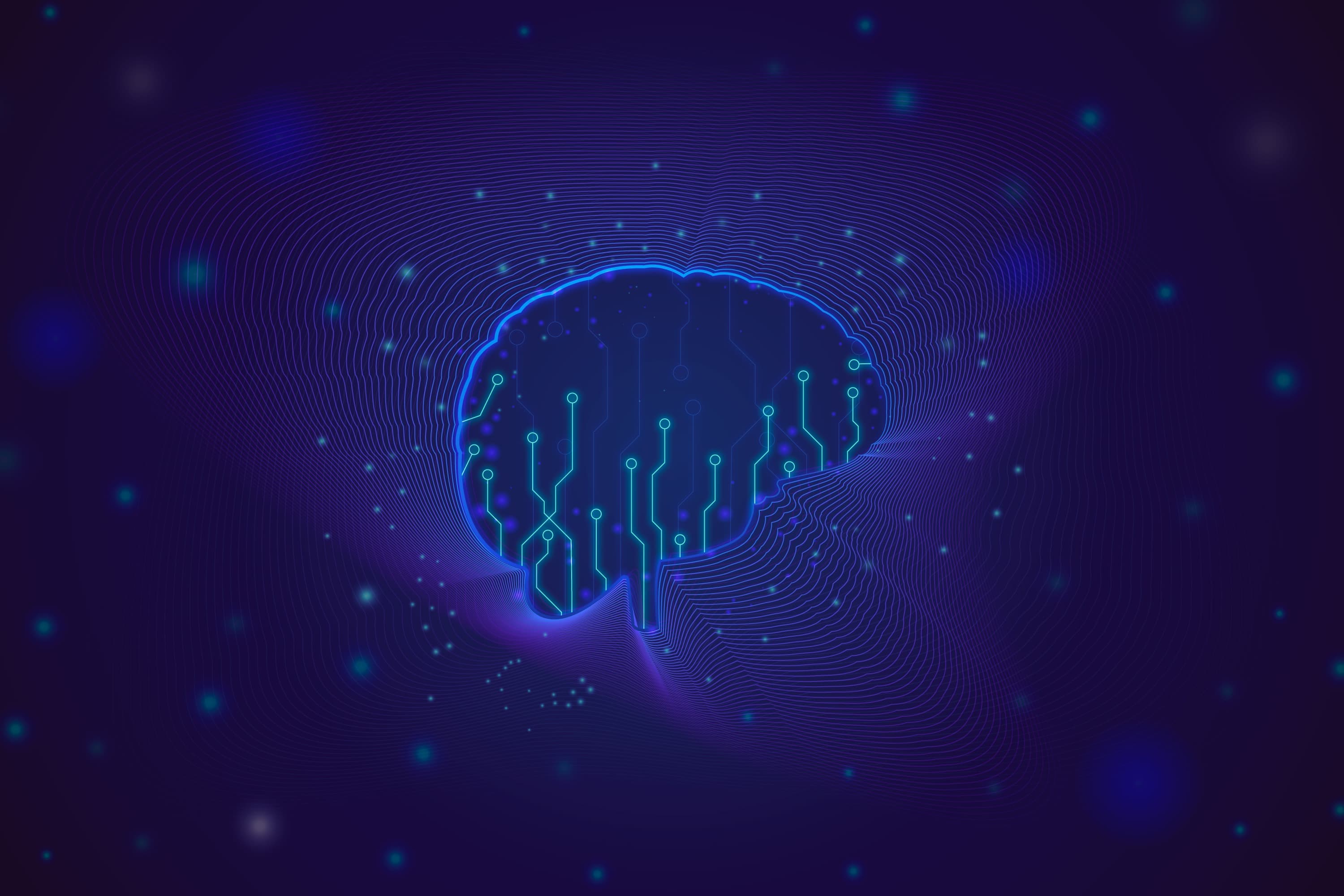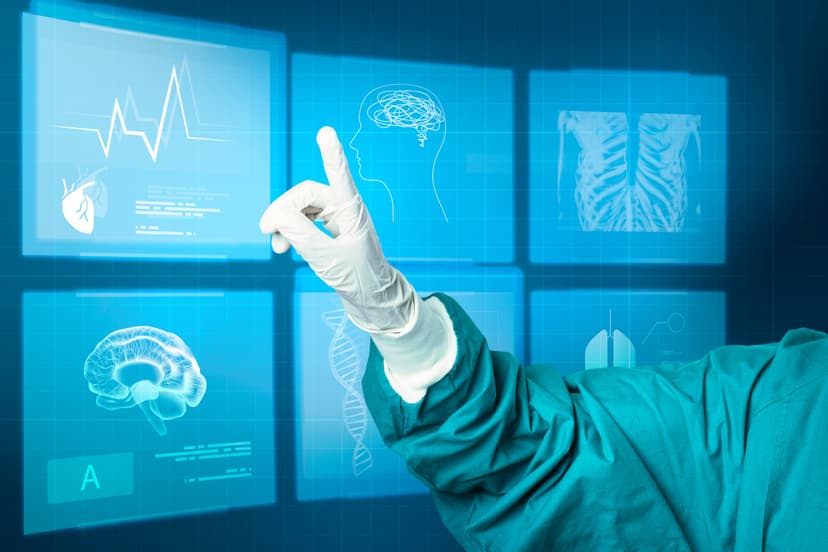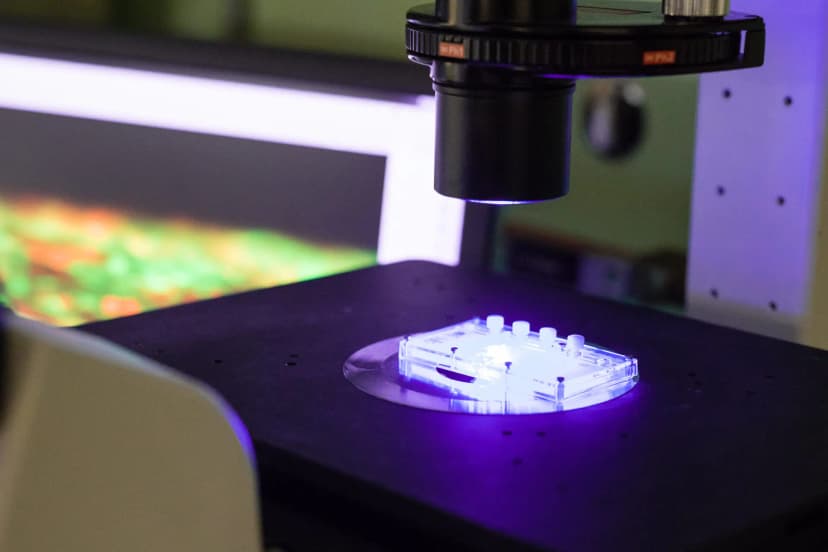Blog
Current research, articles, and insights in bioengineering, biotechnology, and life sciences.
Featured Research
Our most current and important work in the field of bioengineering.

Bioplastics: "Plastics" of the Future
Bioplastics offer a promising alternative to petrochemical plastics, as fossil-fuel-based materials contribute to global pollution and resource scarcity. Despite these drawbacks, conventional plastics are still commonly used due to lower costs and infrastructure advantages, raising concerns about continued fossil fuel dependence despite growing interest in renewable, sustainable materials.

Neural Implants: Bridging Neurons and Nanotech
This blog post explores how neural implants work, from capturing electrical signals in the brain to decoding them into actions, and even sending information back into the brain for therapy. It covers the main implant types (surface grids, microelectrode arrays, and minimally invasive vascular meshes), explains the engineering behind signal transmission and decoding, and highlights advances in flexible, biodegradable materials. The post draws on recent research to show how brain-machine interfaces are becoming safer, more precise, and closer to everyday medical use.

Post-Antibiotic Era
“A simple urinary tract infection can be fatal.” This frightening scenario may seem like a nightmare from the depths of medical history, but unfortunately, according to respected organizations such as the World Health Organization and the Centers for Disease Control and Prevention, it does not belong to a distant future but rather points to a grim reality projected for 2050.

Deep Learning's Potential to Revolutionize Biotechnology and Biomedicine
The intersection of deep learning, biomedicine, and biotechnology is pushing research and medical innovation ahead. AI models are interpreting intricate biological data with record accuracy, ranging from protein function prediction to microfluidics-based diagnostics. Such advances bring both opportunity and challenges in data interpretation and model reliability while opening new paths for personalized medicine and high-throughput experimentation.

Organ-on-a-chip: Engineered Miniature Tissues
Organ-on-A-chip (OoAC) devices are functional, miniature in vitro structures that use several cell types and extracellular matrix to replicate the physiology of an organ in vivo while preserving the mechanical and chemical characteristics of the surrounding microenvironments...
All Posts
All our research and articles in the field of bioengineering.

Bioplastics: "Plastics" of the Future
Bioplastics offer a promising alternative to petrochemical plastics, as fossil-fuel-based materials contribute to global pollution and resource scarcity. Despite these drawbacks, conventional plastics are still commonly used due to lower costs and infrastructure advantages, raising concerns about continued fossil fuel dependence despite growing interest in renewable, sustainable materials.
Read More
Neural Implants: Bridging Neurons and Nanotech
This blog post explores how neural implants work, from capturing electrical signals in the brain to decoding them into actions, and even sending information back into the brain for therapy. It covers the main implant types (surface grids, microelectrode arrays, and minimally invasive vascular meshes), explains the engineering behind signal transmission and decoding, and highlights advances in flexible, biodegradable materials. The post draws on recent research to show how brain-machine interfaces are becoming safer, more precise, and closer to everyday medical use.
Read More
Post-Antibiotic Era
“A simple urinary tract infection can be fatal.” This frightening scenario may seem like a nightmare from the depths of medical history, but unfortunately, according to respected organizations such as the World Health Organization and the Centers for Disease Control and Prevention, it does not belong to a distant future but rather points to a grim reality projected for 2050.
Read More
Deep Learning's Potential to Revolutionize Biotechnology and Biomedicine
The intersection of deep learning, biomedicine, and biotechnology is pushing research and medical innovation ahead. AI models are interpreting intricate biological data with record accuracy, ranging from protein function prediction to microfluidics-based diagnostics. Such advances bring both opportunity and challenges in data interpretation and model reliability while opening new paths for personalized medicine and high-throughput experimentation.
Read More
Organ-on-a-chip: Engineered Miniature Tissues
Organ-on-A-chip (OoAC) devices are functional, miniature in vitro structures that use several cell types and extracellular matrix to replicate the physiology of an organ in vivo while preserving the mechanical and chemical characteristics of the surrounding microenvironments...
Read More